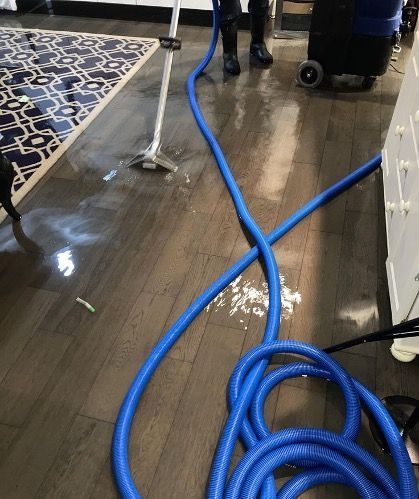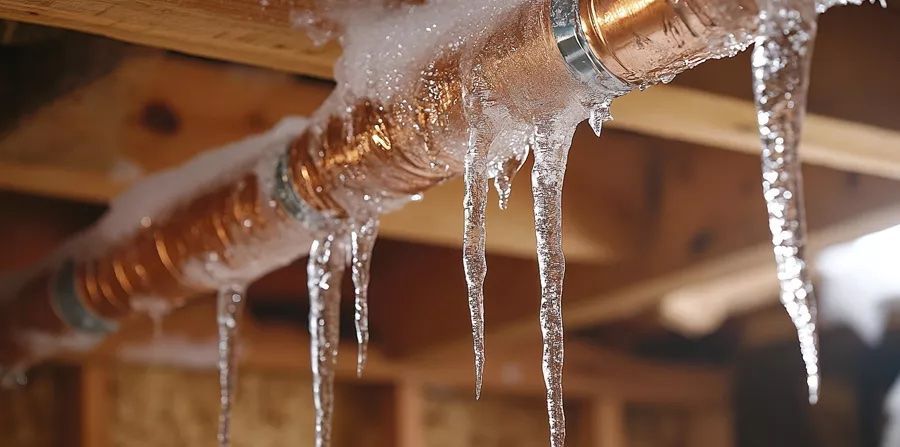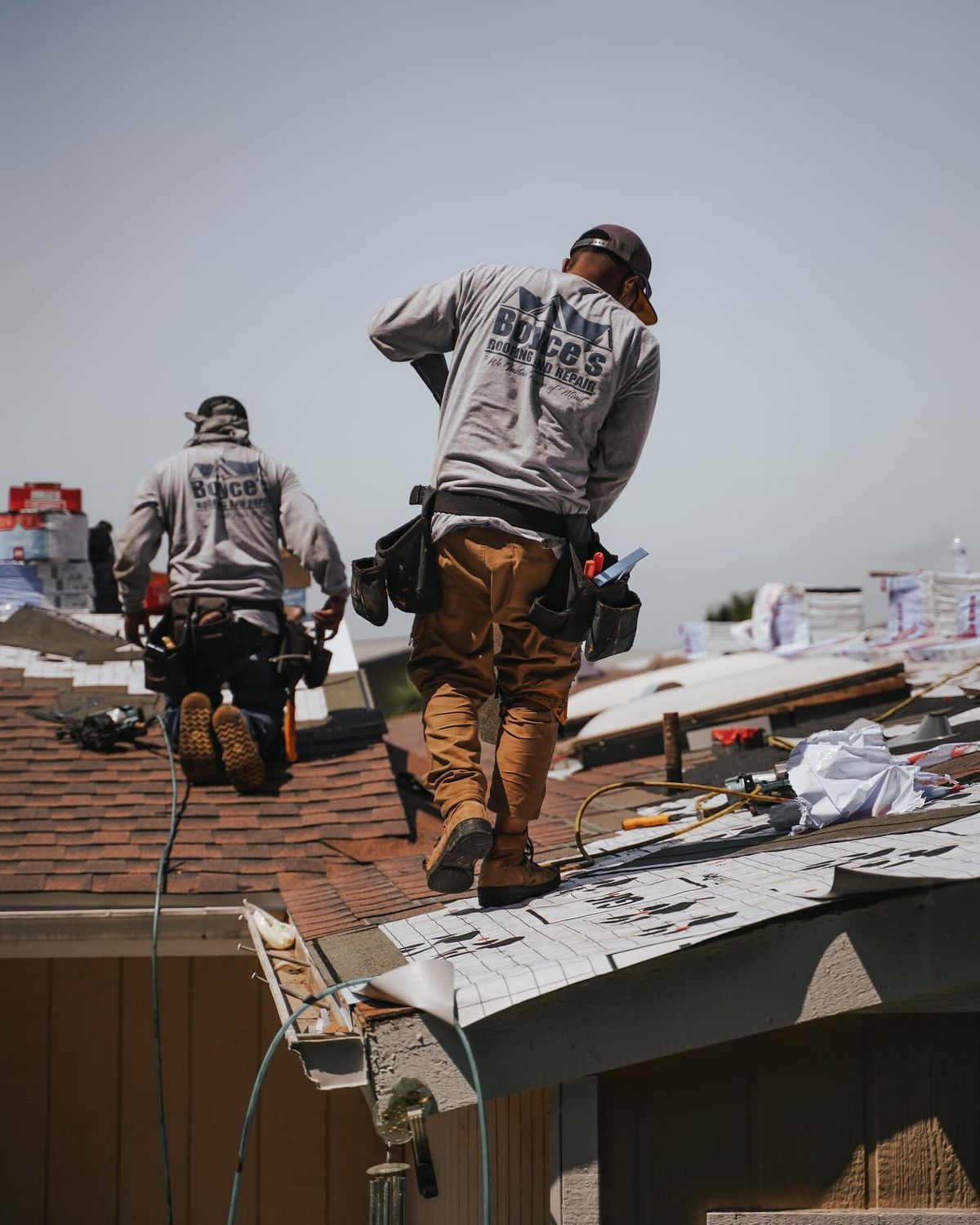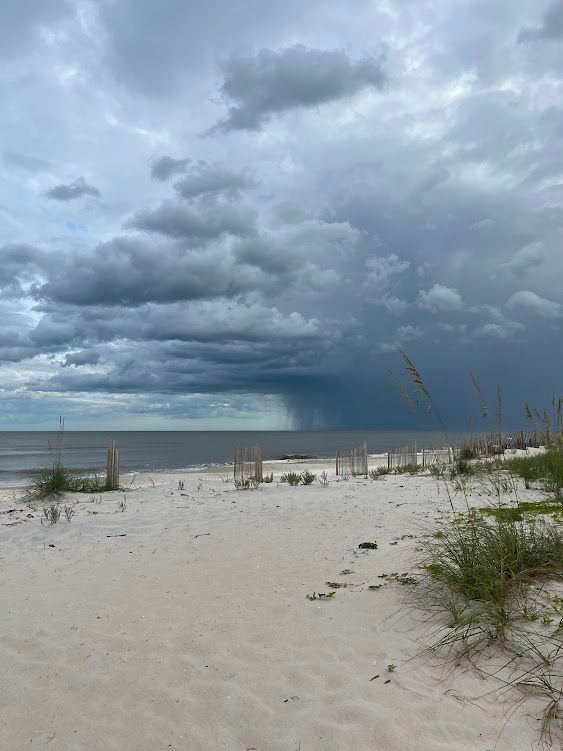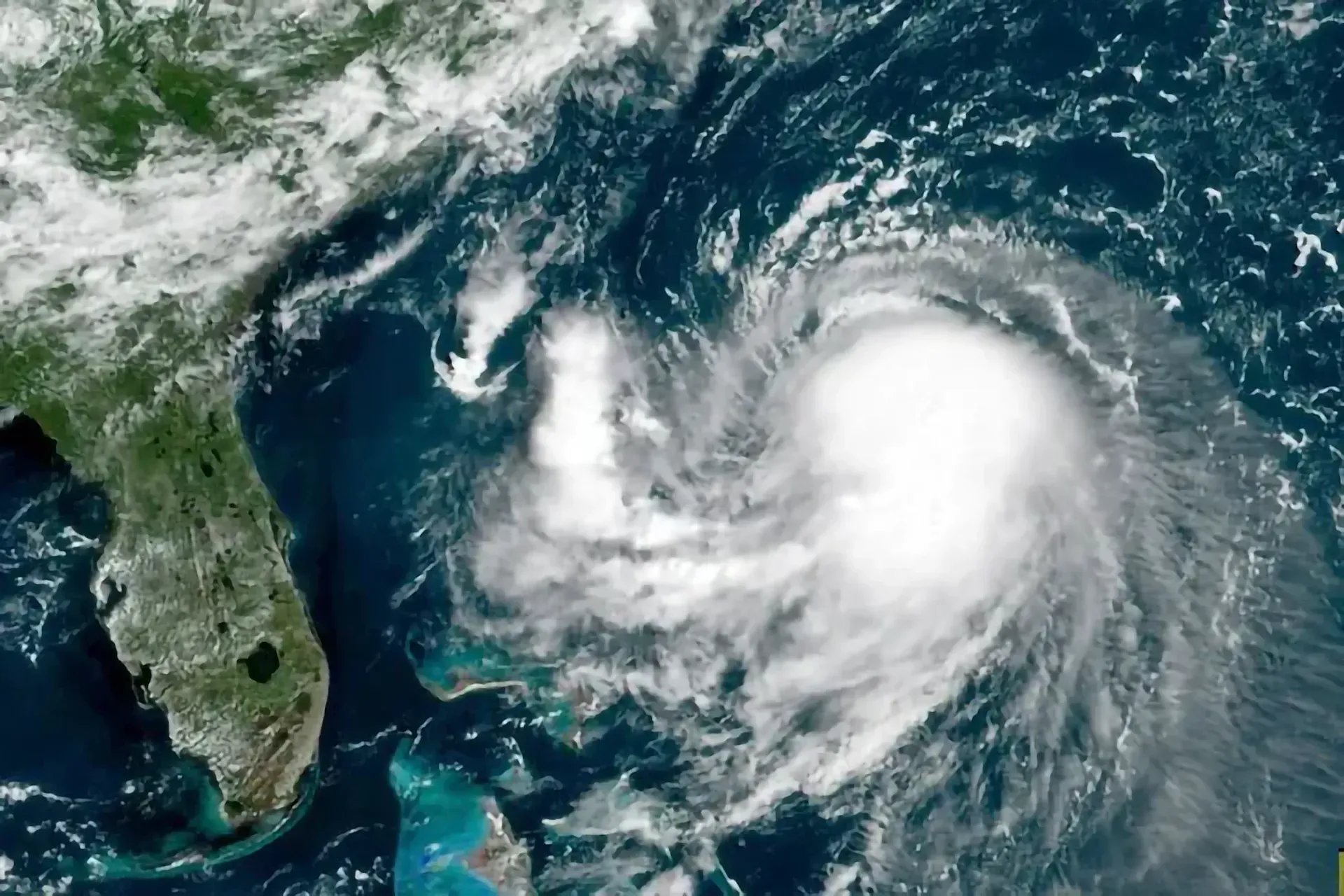6 Home Insurance Red Flags Coastal Homeowners Shouldn't Ignore
by McShea Insurance | Your Trusted Partner in Home Insurance
Living on Cape Cod, Nantucket, or Martha’s Vineyard comes with ocean views, salty air, and a few extra risks. That’s why coastal home insurance is not one-size-fits-all. At McShea Insurance Agency, we specialize in protecting homes in high-risk areas. Our local agents know the red flags to watch for in home insurance policies and we want you to know them, too.
If you spot any of these in your policy, it may be time for a second opinion. Let’s break them down.
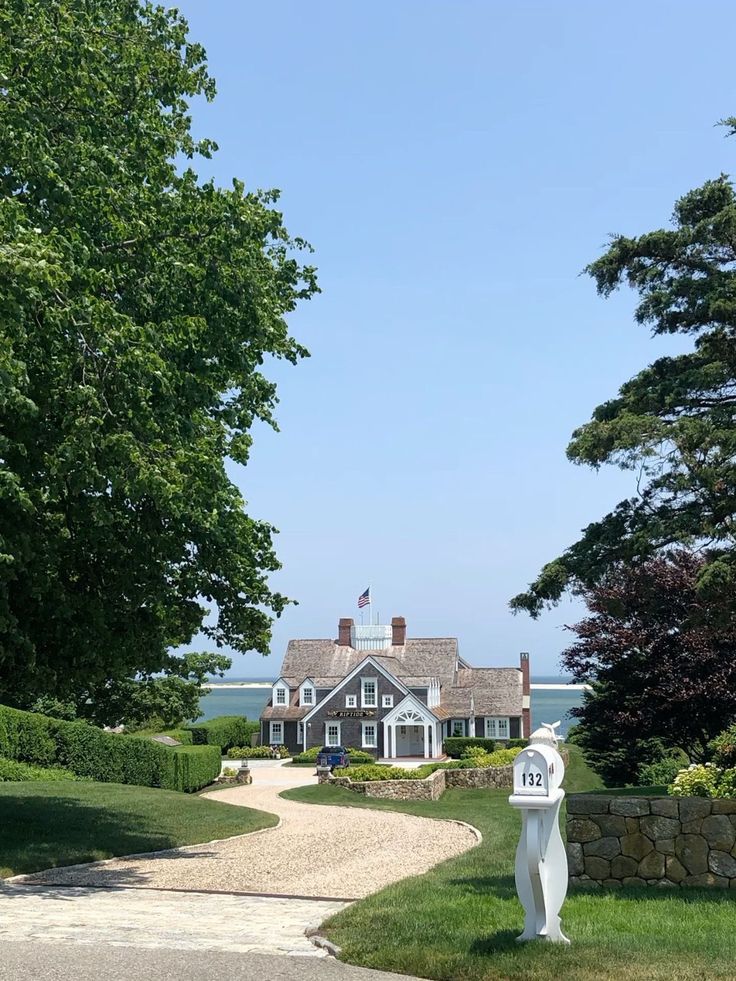
1. High Wind Deductibles
In coastal towns, wind deductibles are fairly common. A 5% wind deductible on a $1 million home means you're on the hook for $50,000 before insurance helps.
Instead, ask for "Named Storm" or "Hurricane" deductibles. These limit your exposure to major weather events only, and often have lower percentages.
It’s true that the current hard market has made it difficult to find carriers willing to offer Named Storm deductibles for high-risk coastal properties. But it’s always worth asking. You might discover another carrier that offers better terms or a lower percentage—like reducing your wind deductible from 5% to 2%.
Even if the price is slightly higher, knowing your options helps you make a smarter decision before a claim happens.
Real-life example: A homeowner in Chatham had a 5% deductible and didn’t realize it until a Nor'easter caused $60K in damage. They had to pay $50K out-of-pocket. Don’t let that be you.
2. Water Damage Exclusions
Flood insurance is separate, but your home policy should still cover common water issues. Policies often exclude damage from sump pump failure, burst pipes, or groundwater.
Make sure your agent adds the water backup endorsement. It’s a small added cost that can save thousands.
Example: A homeowner in Chatham returned from a weekend away to find their finished basement under three inches of water after a heavy wind and rainstorm. The wind was strong enough to blow water through a ground-level window well. Their policy didn’t include water backup coverage—and they were left with over $15K in repairs.
You don’t need a sump pump to benefit from this coverage. Coastal properties are especially vulnerable to sudden water intrusion during storms.
3. Actual Cash Value Instead of Replacement Cost
Some policies default to Actual Cash Value (ACV), which deducts for depreciation. If your roof is 12 years old and costs $20K to replace, you might only get $6K.
Instead, ask for full Replacement Cost coverage. It pays to replace what was damaged, without factoring in age.
Pro tip: Look at the
dwelling, personal property and roof replacement coverage closely. Not all policies default to the better option for these three coverages.
4. Coverage Limits That Don’t Match Rebuild Costs
Your market value is not your rebuild value. Coastal construction costs are steep, especially post-disaster. Replacement cost values don't include land but they do include: labor costs, supply costs, code requirement costs, custom details and demolition costs. This is why replacement cost values are greater than what you could sell the home for. And if your policy covers less than 80% of the rebuild value, you risk a coinsurance penalty.
Example: A home in Edgartown was insured for $700K, but rebuild estimates came in at $950K. That $250K gap would have cost them big. We helped them adjust coverage in time.
5. No Ordinance or Law Coverage
Older homes on the Cape often need upgrades after a loss. Think electrical code, foundation changes, or elevation requirements. Any home built before 1995 should increase ordinance or law coverage on their home insurance policy.
But this isn’t just for older homes. Even newer homes can be subject to changing building codes after a major storm or fire. If you’re rebuilding in a flood zone or high-wind zone, new regulations might require elevated foundations, upgraded materials, or fire-resistant construction.
If your policy lacks this coverage, those upgrades are on
you.
What it covers: Demolition for affected areas, permits, code-compliant rebuilds, structural upgrades required by law. Without it, you could face surprise bills from the town and those upgrades often aren’t optional.
6. No Debris Removal Coverage
Before you rebuild, you must clean up. That means dumpsters, heavy machinery, and permits—which can cost $10K to $50K+.
This often-overlooked endorsement helps you clear debris after a fire, storm, or collapse.
Why it matters: Cleanup is the first step before rebuilding. Without this coverage, delays in debris removal can stall everything—from contractor timelines to permit approvals. This slows down your return to normal life.
Debris removal can also be more expensive on the Cape and Islands due to transportation fees, access limitations, and labor shortages. Having this endorsement means you can begin recovery faster without footing the bill yourself.
Real talk: Add this coverage now, before it’s too late.
Protect Your Coastal Property the Right Way
At McShea Insurance Agency, we review your current coverage, identify red flags, and shop for better options—all with no obligation.
If you live on Cape Cod, Nantucket, or Martha’s Vineyard, you deserve an insurance policy that fits your home, your budget, and your risks.
We know the coastal market inside and out—from wind zones and elevation maps to local building codes and permitting timelines. Our agents live here. We’ve been through the storms with our clients, and we’ve helped rebuild, renew, and recover.
Fill out our Contact Form today for a free, no-pressure quote and personalized review.
Your peace of mind starts here—with local expertise you can count on. You’re in safe harbor with McShea Insurance Agency.
